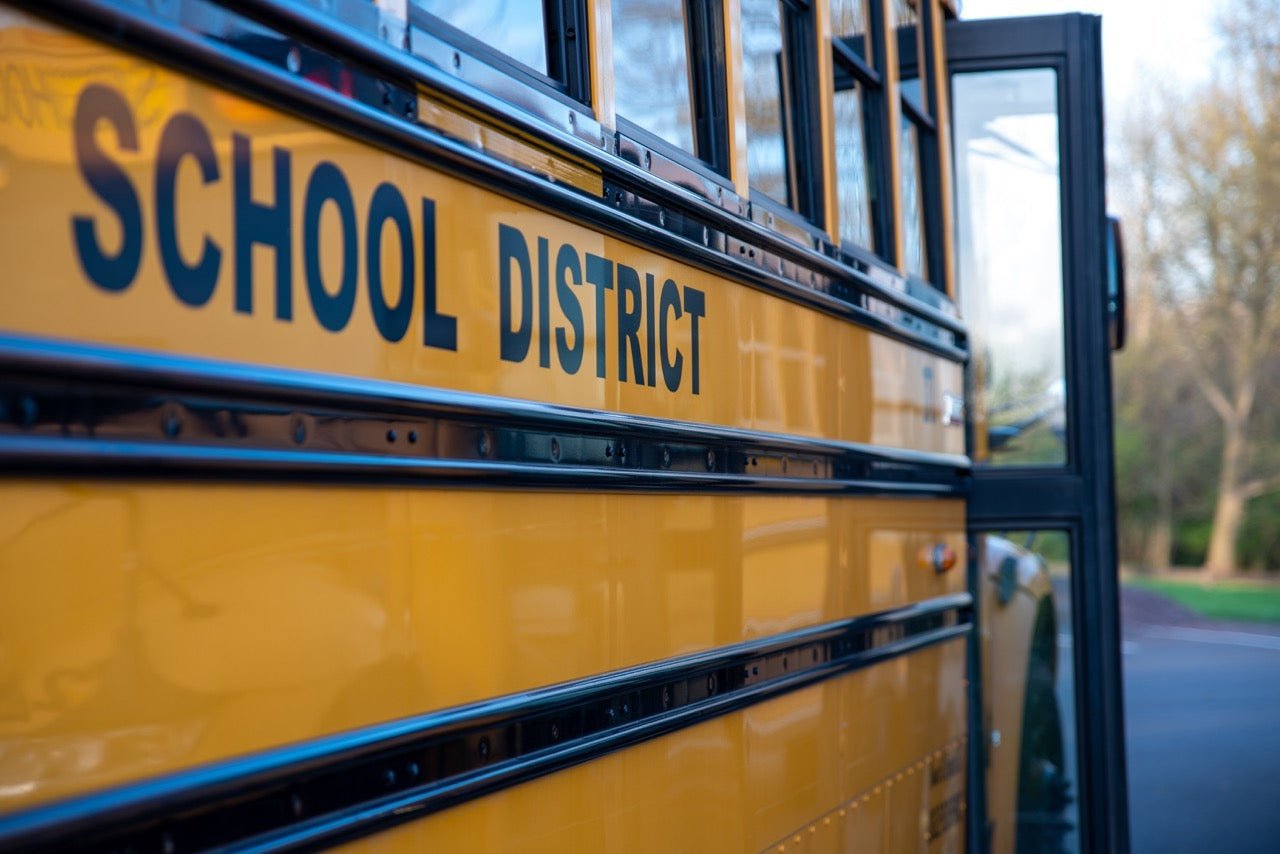
Interview with Nicole Mancini, Former Chief Academic Officer, Broward County Public Schools
Clever Noodle TeamClever Noodle, Jacquelyn Davis
You led Broward County Public Schools, the sixth largest school district in the country, from balanced literacy to Science of Reading. That can be a challenging transition, can you share how you started the process.
Nicole Mancini
Pacing the transition from Balanced Literacy to Science of Reading is very important and aligned Executive Leadership of the District all rowing in the same direction is essential.
The transition took a good six years. We started by preparing the system and reorganized our team. All elementary content areas went under one department and secondary content areas in another. The previous leadership was committed to Balanced Literacy so this change was necessary - the executive leadership needs to be aligned.
As the Head Start Early Intervention Director, I had a handle on how to build strong foundational skills across social emotional learning and especially literacy. I moved into the Elementary Learning Director and then Chief Academic Officer role to help lead this work and bring my personal passion and knowledge of language and foundational literacy skills into the executive level of the organization to set direction and implementation. Knowing the work firsthand gave me credibility and the knowledge to support the transition.
For the beginning mindset shift, I started sending articles to the team. And, not just the ELA team, but to math, science, and social studies. Everyone needed to know, because the intent was to bring in science and social studies as part of ELA, as they are important content, background knowledge pieces to support comprehension and vocabulary success.
Clever Noodle, Jacquelyn Davis
For many teachers who were trained in Balanced Literacy and used it for years, I imagine this is a difficult transition and requires new learning. How did you address this need?
Nicole Mancini
Understanding what needs to be taught and how is a critical first step.
High-quality instruction really matters. So do the standards and the instructional materials to match the research associated with the Science of Reading. Teachers need to understand child development, the standards, and know what needs to be taught and how. Teachers also critically need to know how to close gaps at an early age because early intervention is key, and much more effective and cost efficient than later intervention. We saw struggling students excel very quickly when they had an environment filled with language and literacy – and evidence-based teaching.
For example, shared reading is powerful for young learners, but only for certain components of language development – not necessarily for phonics. Shared reading builds vocabulary and listening comprehension. It is critical to understand that strategies need to be aligned to a particular purpose.
I questioned the impact of the curriculum and professional learning we were putting out. I knew that if we wanted at least 80% proficiency, we needed to change curriculum and professional learning. We needed explicit, systematic literacy instruction to build the foundational skills - not a Balanced Literacy approach that lacks an evidence-base.
Teachers need a strong Science of Reading aligned curriculum with a scope and sequence. We must support them to understand phonemic awareness and phonics as well as the role of vocabulary and eventually reading comprehension. It’s not just about buying a program, it’s about building our educators’ capacity to do the work. This work and the results do not occur overnight. The team continues to reflect and move the work forward, taking into account new staff and leadership. It is complex and requires ongoing monitoring and most importantly constructive feedback and support.
Training for all classroom adults is essential.
Paraprofessionals need to know what teachers are learning to be able to do their jobs. Many of our teachers were prepared in a Balanced Literacy approach so we needed to retrain if our expectations were going to change. This included the essential individuals in the classroom working alongside teachers with the students.
Clever Noodle, Jacquelyn Davis
How did you get others on board with the shifts?
Nicole Mancini
You can’t just pull the carpet out. In a district our size, I knew this was going to take multiple years. We started with changing the mindset and the shift within the department. With Balanced Literacy champions, we asked, “What research supports that?” It’s much more powerful for people to uncover the reading brain science themselves.
We piloted Science of Reading practices in 10 schools. We got strong results. Then the Pandemic hit, and we engaged the University of Florida as a partner in preparing our teachers for online instruction. We used the opportunity to retool to practices based on the Science of Reading. At the same time, we were developing our coaches. The University of Florida did the pedagogy and the research, the state regional literacy directors helped with the new state ELA/Literacy standards and what the changes looked like in practice, and district staff connected content coming out of both entities around the need for high-quality instructional materials and revised professional learning.
Clever Noodle, Jacquelyn Davis
What other critical moves did you make?
Nicole Mancini
Accountability in Every Year
Many of our children entered Kindergarten ready. But by 3rd grade, there were many gaps. What happened between K and 3? We noticed that a lot of what we do in early childhood education is not continued into the K-5 years, and it really has an impact on achievement.
I had the opportunity to teach Pre-K, Kindergarten, 1st, 2nd and 5th grade - and children with and without learning differences, so I saw the progression of learning. We needed to do the same things that we did in Pre-K in the years after to help our children succeed.
We also ensured our families were well-supported with literacy. We had a lot of success and many of our PreK low-income families’ children were outperforming higher income Montessori Kindergarteners. By supporting families and putting the right supports in place early on, the whole family succeeds. When the family succeeds, the child succeeds. Unfortunately, we see so many of those wrap-around services drop off when students enter kindergarten. We don’t work in isolation though. We work within a community who wants what is best for their children, so partnering with community providers to assist with providing additional support after-school hours is also essential.
Clever Noodle, Jacquelyn Davis
At least 20% of children are known to be dyslexic. Are there some tips for educators on this learning difference?
Nicole Mancini
Early detection is critical - so screening as early as possible in Kindergarten. Speech and language are the basis of learning how to read and write. If teachers aren't learning the components of language and how they impact reading and writing, then we have a deficit in understanding evidence-based instructional practices to implement in our classrooms. Children with signs of dyslexia need strong intervention and more support as early as possible with the right explicit, systematic, and cumulative instruction that is grounded in Tier One instruction to begin with.




